Winter is approaching and I'm getting the vegetable garden ready for winter crops but in the meantime, the progress in the greenhouse is more interesting.
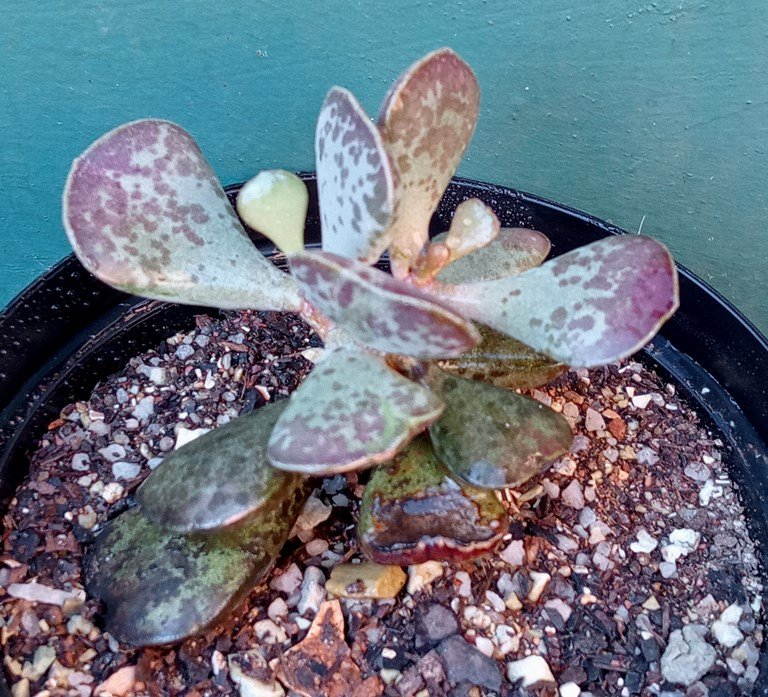
Adromischus triflorus: I can't get enough of these little speckled plants
I have been eyeing the Facebook page of a grower down South and finally I found an excuse to buy from her: she was selling seedlings of a rare stapeliad that I always wanted, but with a minimum quantity of 10 so my thought was: "let me see if I can get some to sell and that will cover the cost of the other plants I get" Justifications to live by I guess but I'll see how it goes. The seedlings below are Quaqua mammillaris, they seem to be settling in. This is what the flowers look like when they are adult http://www.llifle.com/Encyclopedia/SUCCULENTS/Family/Asclepiadaceae/33133/Quaqua_mammillaris
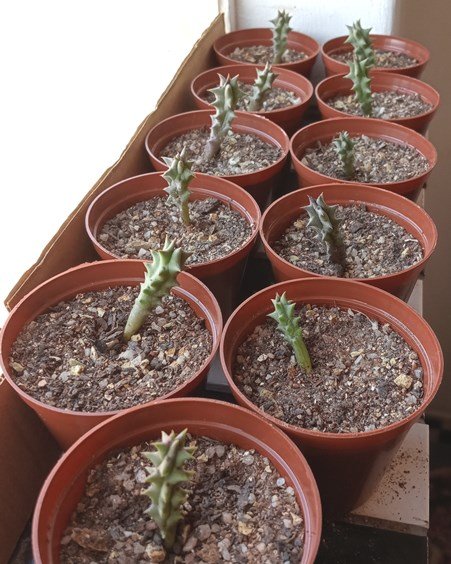
Of course, if you are going to pay a courier parcel then you might as well order everything that you are going to buy at the same time so I restricted myself to young cheap plants that aren't readily available here.
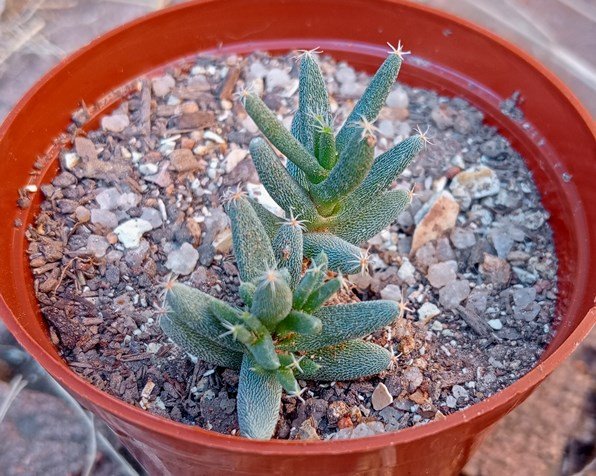
Trichodiadema burgeri makes a caudex over time that resembles a little tree. There aren't 2 separate plants, there is already a little "trunk" under the soil that has branched which can be exposed after 3-4 years underground to show its tree shape.
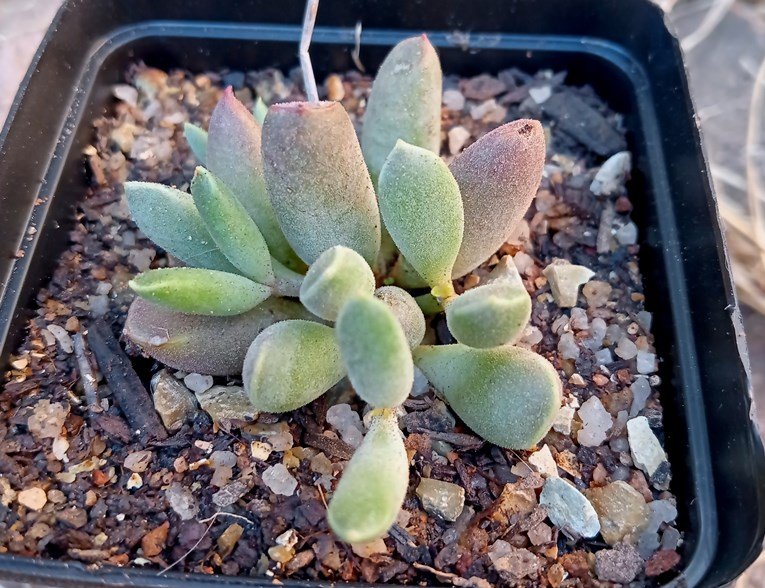
Cotyledon papillaris
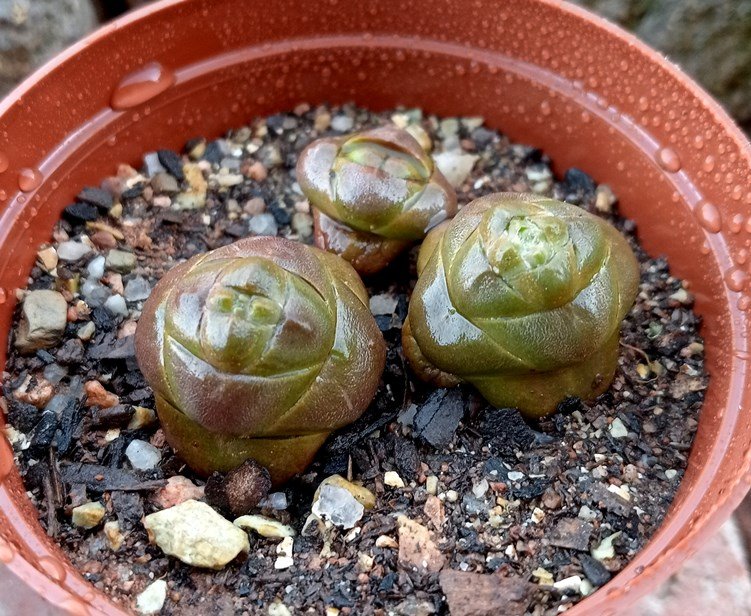
Crassula columnaris. These are unusual for crassula because they are monocarpic, meaning that they only flower at the end of their lives. Most crassula speciesflower annually.
The last two pictures are both different types of Tylecodon, highly toxic to livestock because they contain cardiac glycosides so many sheep and goat farmers destroy them if they find them in the pastures. Because sheep and goats are kept in very arid areas without much grass, they are tempted to nibble on the leaves. Tylecodons are dormant in summer and lose their leaves, preferring to grow actively in winter months. It's always better to transplant these caudex plants when they are dormant because they are prone to rot if the roots are disturbed but they were already growing when I got them so I have had to be very careful with watering them. So far, so good.

Tylecodon cacalioides
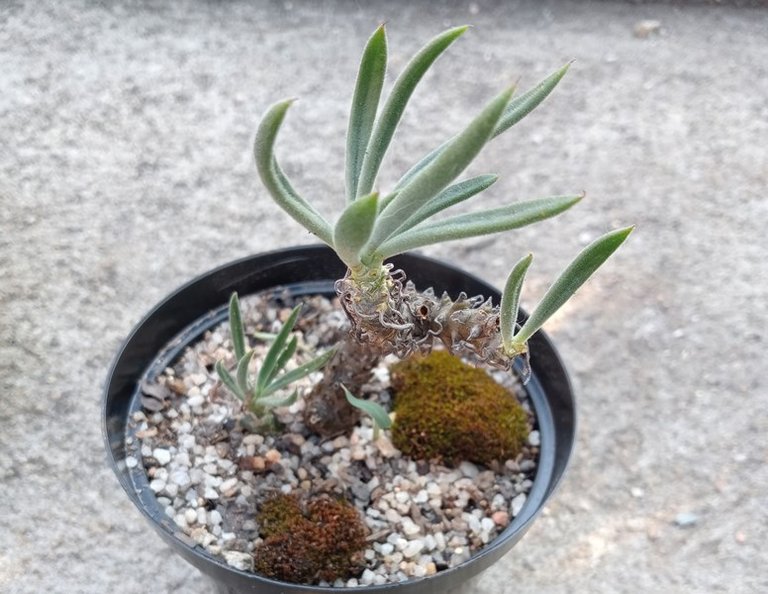
Tylecodon ventricosus. You might wonder about the little moss mounds in the pot but they were growing there when I got the plant, they are indigenous seasonal mosses that are dormant when its dry and grow only during the rainy seasons.



